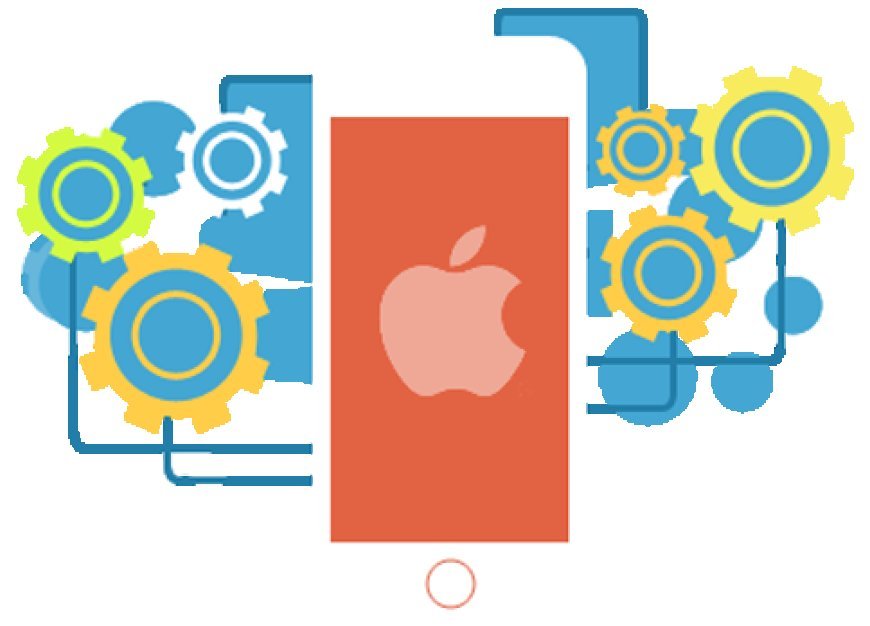What Makes Mobile App Development for iOS Different from Other Platforms

Introduction
In today’s digital age, businesses and developers often face the choice of building apps for multiple platforms. While Android and cross-platform solutions dominate the market, iOS app creation stands out due to its unique ecosystem, user expectations, and technical requirements. Understanding these differences is key to designing apps that offer superior performance, user experience, and brand value. This is why investing in well-planned iOS mobile app development is essential for businesses aiming to deliver high-quality, engaging applications.
The iOS Ecosystem: A Unique Environment
One of the biggest differentiators for iOS development is the tightly controlled ecosystem created by Apple. Unlike other platforms, iOS apps operate within a consistent set of hardware and software standards.
-
Device Uniformity: Apple maintains strict control over its devices, which ensures that developers work with a limited number of screen sizes, resolutions, and hardware configurations.
-
Operating System Updates: Most users update to the latest iOS version quickly, allowing developers to leverage the newest features without worrying about backward compatibility for multiple older versions.
-
App Store Guidelines: Apple enforces strict review processes and design standards, which encourage high-quality apps and consistent user experiences.
This uniformity allows developers to create polished apps that perform reliably across all iPhones and iPads, making iOS mobile app development a streamlined and efficient process compared to other platforms.
Design Philosophy and User Expectations
iOS users have high expectations when it comes to app quality, aesthetics, and usability. The platform emphasizes simplicity, elegance, and intuitive interaction.
-
Consistent UI Elements: Developers must adhere to Apple’s Human Interface Guidelines (HIG), which define navigation, gestures, and interface components.
-
Smooth Performance: Users expect fluid animations, responsive touch interactions, and minimal loading times.
-
Premium Experience: Apps on iOS are often associated with premium quality, influencing user willingness to pay for in-app purchases or subscriptions.
Compared to other platforms, delivering a refined and seamless user experience is crucial for success.
Security and Privacy Considerations
Security is a top priority for iOS users, and the platform provides multiple built-in mechanisms to safeguard data.
-
App Sandboxing: Each app runs in its own environment, preventing unauthorized access to system resources or other apps.
-
Data Encryption: Sensitive information such as passwords and health data is encrypted both at rest and in transit.
-
Privacy Permissions: Users control access to location, contacts, camera, microphone, and other personal data, ensuring transparency and trust.
These measures help developers create apps that meet stringent privacy standards and build credibility with users.
Development Tools and Languages
The tools and programming languages used for iOS app creation are another major differentiator.
-
Swift and Objective-C: Swift is the primary programming language, designed for safety, performance, and readability. Objective-C is still supported but less commonly used.
-
Xcode IDE: Apple provides Xcode as the official integrated development environment, featuring simulators, interface builders, and debugging tools.
-
Frameworks and Libraries: iOS offers robust frameworks for graphics, animations, networking, and augmented reality, enabling developers to build feature-rich apps efficiently.
This tightly controlled toolset contrasts with Android app development, where multiple IDEs, languages, and device variations can complicate the process.
Monetization Strategies
iOS apps often follow monetization strategies that differ from other platforms due to user behavior and spending patterns.
-
Higher Willingness to Pay: iOS users are generally more willing to purchase apps or subscribe to premium services.
-
In-App Purchases and Subscriptions: Many successful apps rely on recurring subscriptions rather than one-time purchases.
-
Ad Revenue Opportunities: Although less ad-driven than some other platforms, iOS apps still benefit from targeted, high-quality advertising.
Understanding these trends allows developers to maximize revenue while delivering a valuable user experience.
Performance Optimization and Testing
Performance is critical for iOS apps, and developers often follow rigorous testing and optimization practices.
-
Simulators and Real Devices: Testing on both Xcode simulators and actual iPhones ensures accurate performance measurements.
-
Memory and Battery Management: iOS apps must manage resources efficiently to prevent slowdowns or excessive battery usage.
-
App Store Testing Requirements: Apple requires extensive testing and adherence to guidelines before approval, ensuring apps are stable and reliable.
Optimizing apps for smooth performance on all devices is a distinguishing factor for iOS success.
Integration with Apple Services
iOS apps have access to a rich ecosystem of Apple services that can enhance functionality.
-
Apple Pay: Seamless payment integration improves the user experience for e-commerce and subscription apps.
-
HealthKit and HomeKit: Developers can create apps for health monitoring or smart home management.
-
ARKit: Augmented reality apps benefit from Apple’s robust AR framework, allowing innovative experiences.
Leveraging these services can provide unique features not easily replicated on other platforms.
Conclusion
Creating an app for iOS is a distinct process influenced by Apple’s controlled ecosystem, design philosophy, user expectations, and advanced tools. Unlike other platforms, iOS development prioritizes quality, security, and performance, while offering unique monetization opportunities and access to Apple’s services. Understanding these differences is essential for businesses and developers aiming to deliver apps that meet user expectations, achieve high engagement, and stand out in a competitive marketplace.
What's Your Reaction?
























































